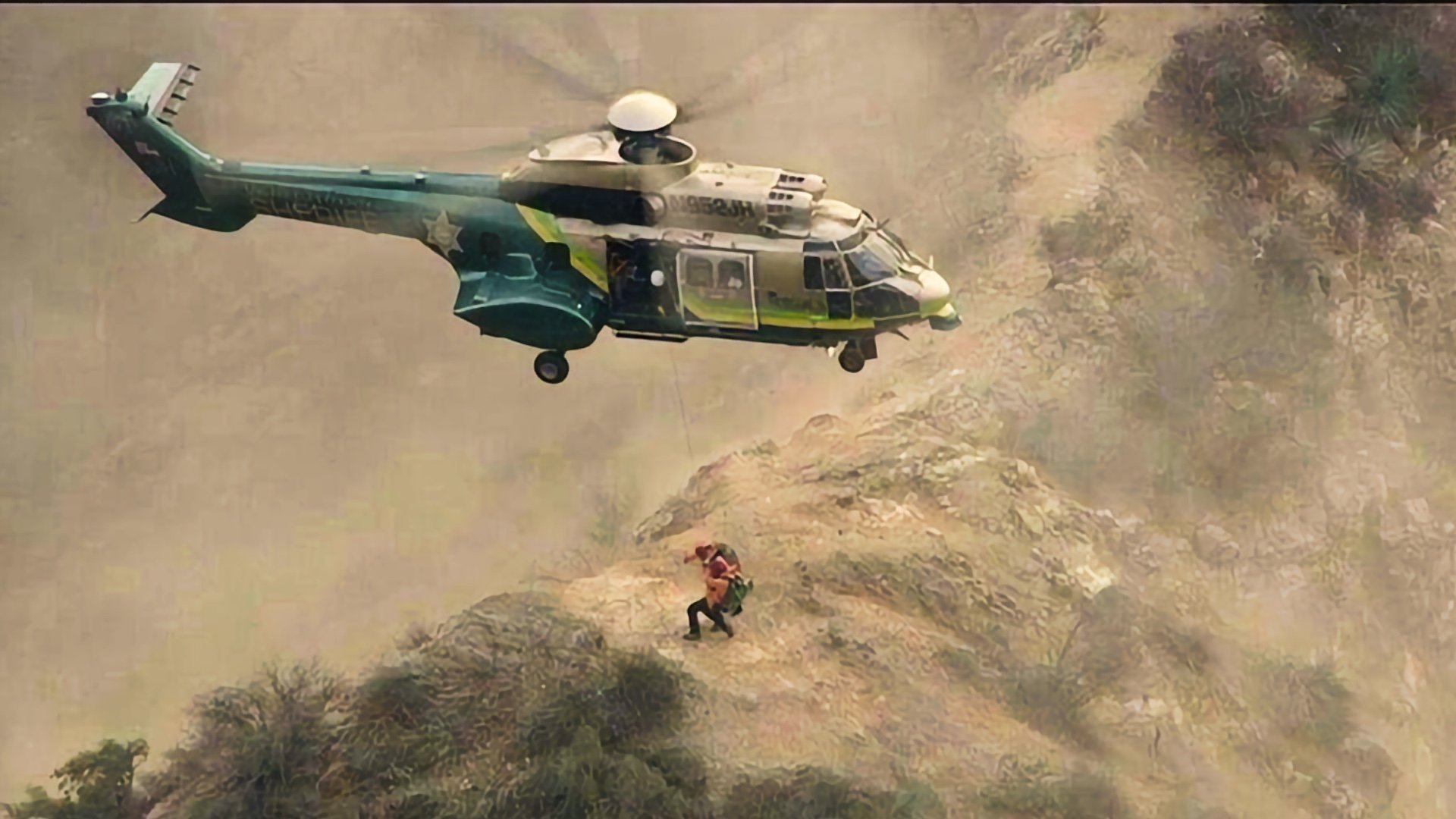
Garmin inReach SOS: Costs & How to Use It
Garmin inReach SOS is a feature you hope you'll never need, but if you do press that button, what really happens next? In this guide, I’ll walk you through what to expect when you trigger an SOS on your inReach, based on real rescues, dozens of interviews with search and rescue experts, and my own experience helping other hikers in the backcountry.
Here’s what you’ll learn:
- When it's okay (and not okay) to hit SOS
- What really happens after you press SOS
- Who responds to your call for help
- How much a rescue might cost—or not cost
- How to avoid getting a surprise bill
When Should You Hit the SOS Button?
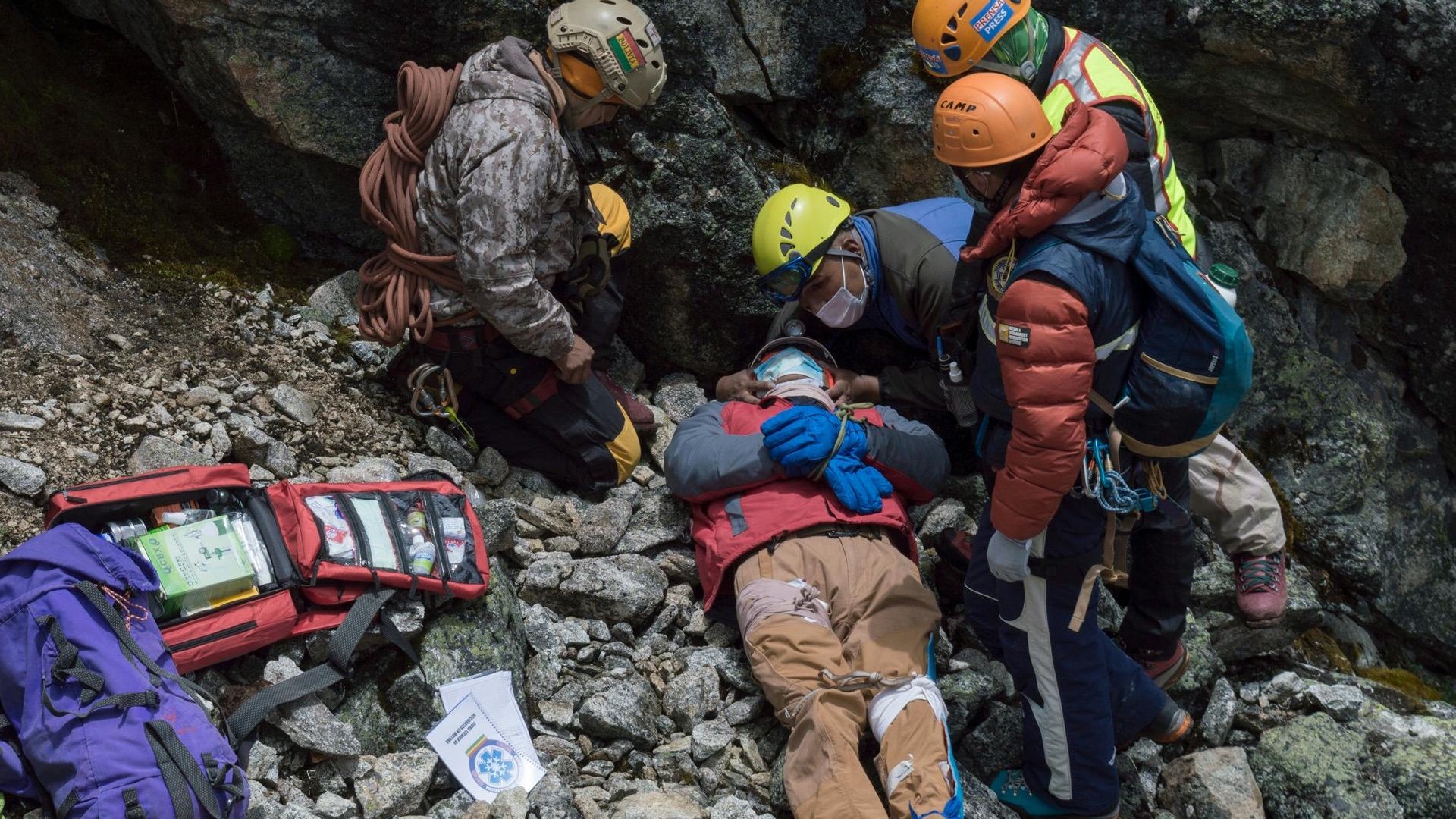
Countless search and rescue (SAR) professionals have told me: when you're uncertain about a safe outcome, hit SOS. Waiting too long can make the situation worse and the rescue harder. If you're out of shape or just too lazy to end the hike on your own, don’t hit SOS. But if you're in trouble—lost, injured, or overwhelmed—it’s better to ask for help early.
You generally won't get in trouble for hitting the SOS button if your request for help is genuine. That said, in some areas, you could be held financially responsible or cited for negligence if you're clearly unprepared or ignoring posted rules. The standard is usually: did you make a reasonable effort to be safe?
That guidance is flexible enough to account for your experience (or inexperience) level.
I would rather go on 1000 wild goose chases than do a single body recovery.NPS Park Ranger
One of the big advantages of having a Garmin inReach is that it’s a two-way communicator. You’re not blindly sending out an SOS and hoping for the best. You can explain your situation, answer questions, and get advice from the Garmin Response team.
In some cases, they might not dispatch a rescue. They might advise you to stay put, monitor your condition, or help you figure out the safest way out on your own. It’s not just about being rescued. It’s about getting the right kind of help at the right time. That flexibility means you don’t have to wait until you know what hits the fan. If you're unsure, start the conversation. The earlier you reach out, the more options you have.
Here’s when it usually makes sense to hit the SOS button:
- Medical situations like pain, lacerations, concussions, heat or cold issues
- You’re lost, out of water, and not equipped to stay overnight
- You’re cut off by a wildfire, flooding, or rockfall
- You’re in a worsening situation and don’t believe you can self-evacuate safely
- You have a motor vehicle breakdown or accident
And here are times when you probably shouldn’t:
- You’re tired but know where you are and can hike out
- You’re sore or blistered but mobile
- You missed a meetup time but are still safe and self-sufficient
- You want to avoid an uncomfortable night but have the gear to manage it
Another advantage of a two-way communicator is that if you are in a situation where SOS is not appropriate, you can still let a family member know the situation.
Tip: If you come across someone else in trouble, you can use your inReach to trigger SOS on their behalf. Just make it clear in your message that you’re not the one needing help. Garmin Response will still coordinate rescue, and they’ll direct responders to the injured or lost person. This kind of third-party SOS activation happens often—nearly half of all inReach SOS events are for someone other than the device owner. In most places, Good Samaritan laws protect you from liability as long as you’re acting in good faith and within your abilities. Don’t let fear of legal trouble stop you from helping someone who genuinely needs it.
What Happens When You Hit SOS
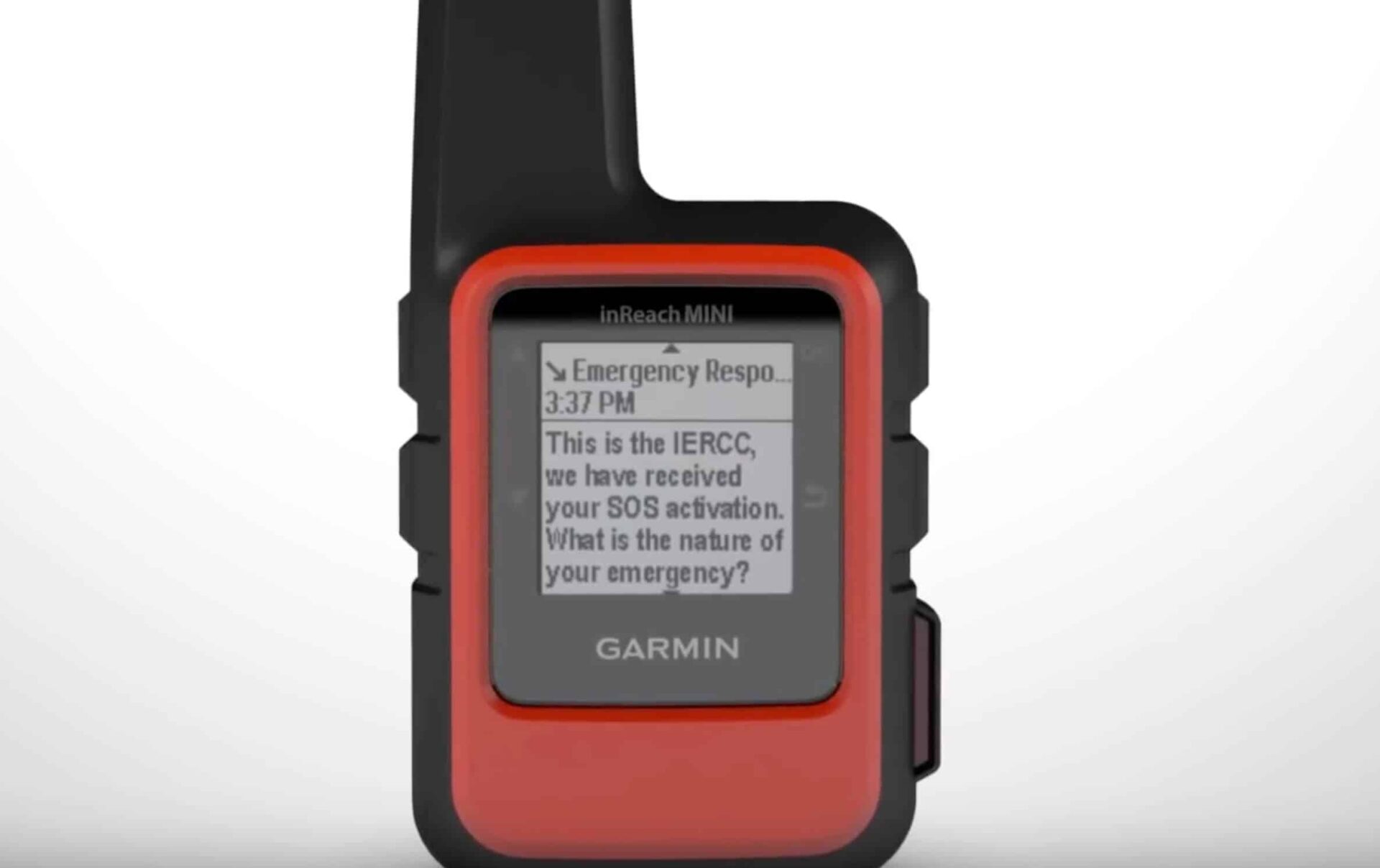
When you trigger an SOS on your Garmin inReach, here’s what happens:
- Your SOS is sent to Garmin Response, a 24/7 emergency coordination center
- They load your exact GPS coordinates into their mapping software to assess your location, this information is critical to a favorable outcome
- For the first 10 minutes, your inReach sends a new GPS location every 1 minute
- A dispatcher sends a message to your device asking for the nature of the emergency
- They immediately contact local emergency responders with your location, user details, and any available emergency contact info
- Garmin may call your phone if one is listed in your profile, to try to get more details directly
- Your emergency contacts are also called to gather info like your itinerary, party size, medical conditions, vehicle description, and more
- Any messages you send during the SOS are relayed directly to the responding agency
- The SAR team may communicate with you directly on your inReach
- After 10 minutes, to conserve battery, it sends location updates every 10 minutes
- Garmin keeps sending status updates to your device and emergency contacts until the rescue is confirmed or the SOS is canceled
If you cancel SOS, Garmin Response loses the ability to message or track your device. You won’t appear on MapShare again until the SOS is cleared and the incident is closed.
You need an active satellite subscription for SOS to work. Activate your inReach before you head out—you can’t start a subscription from the device once you're already off the grid.
SOS or 911?
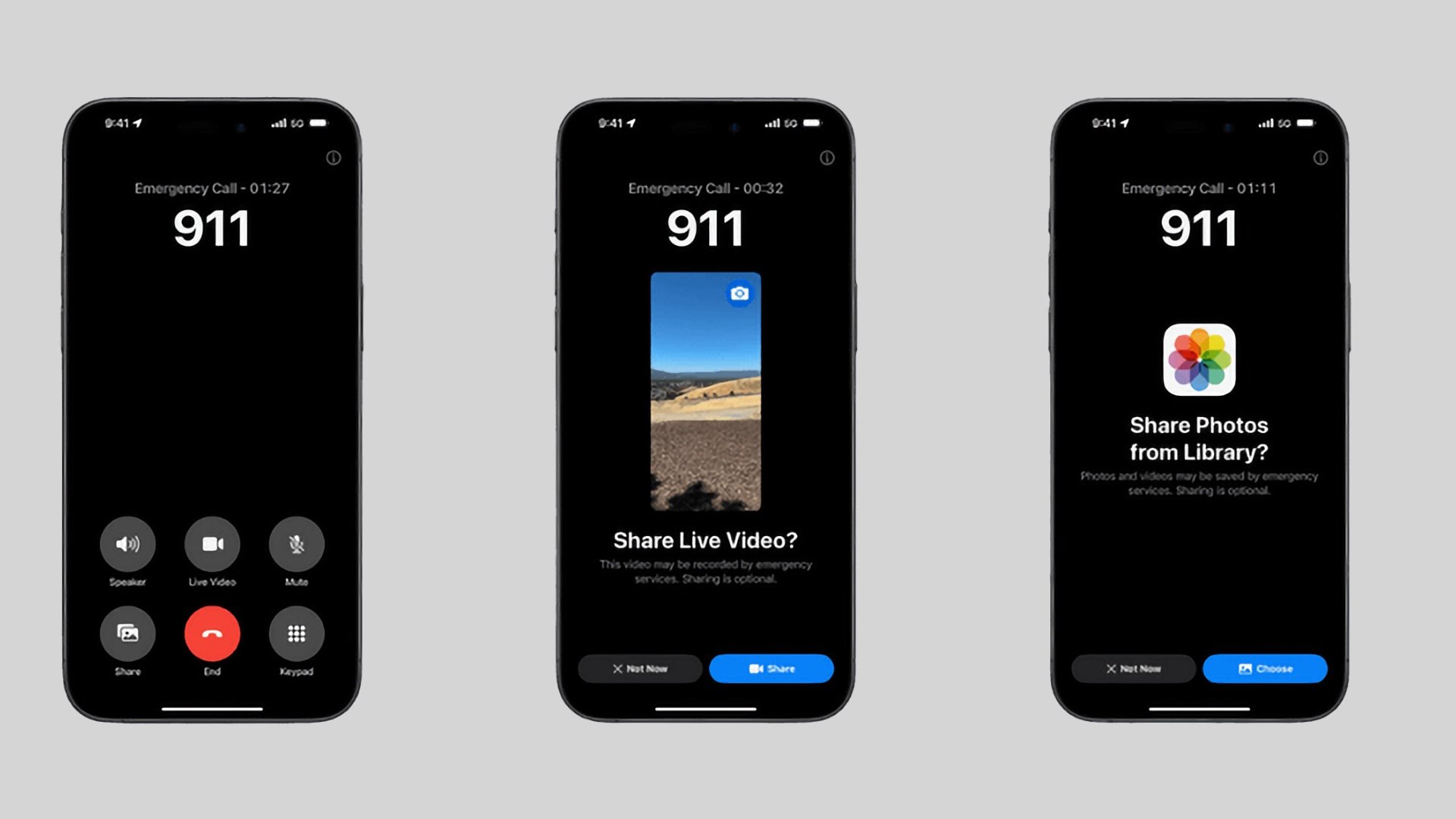
If you have cell service, or if your phone says “Emergency Calls Only,” dialing 911 might get help to you faster than using your inReach. Thanks to new technology, your smartphone can automatically share your GPS location and medical info with 911. You also have the advantage of being able to speak directly, which is often quicker than typing messages over satellite.
That said, coverage and dispatcher experience vary depending on where you are. Your call might not reach the closest 911 center, and the one that does answer may not be familiar with outdoor rescues. Everyone I interviewed said they would call 911 first, so that’s probably your best bet if you have signal.
What to Do After You Hit SOS
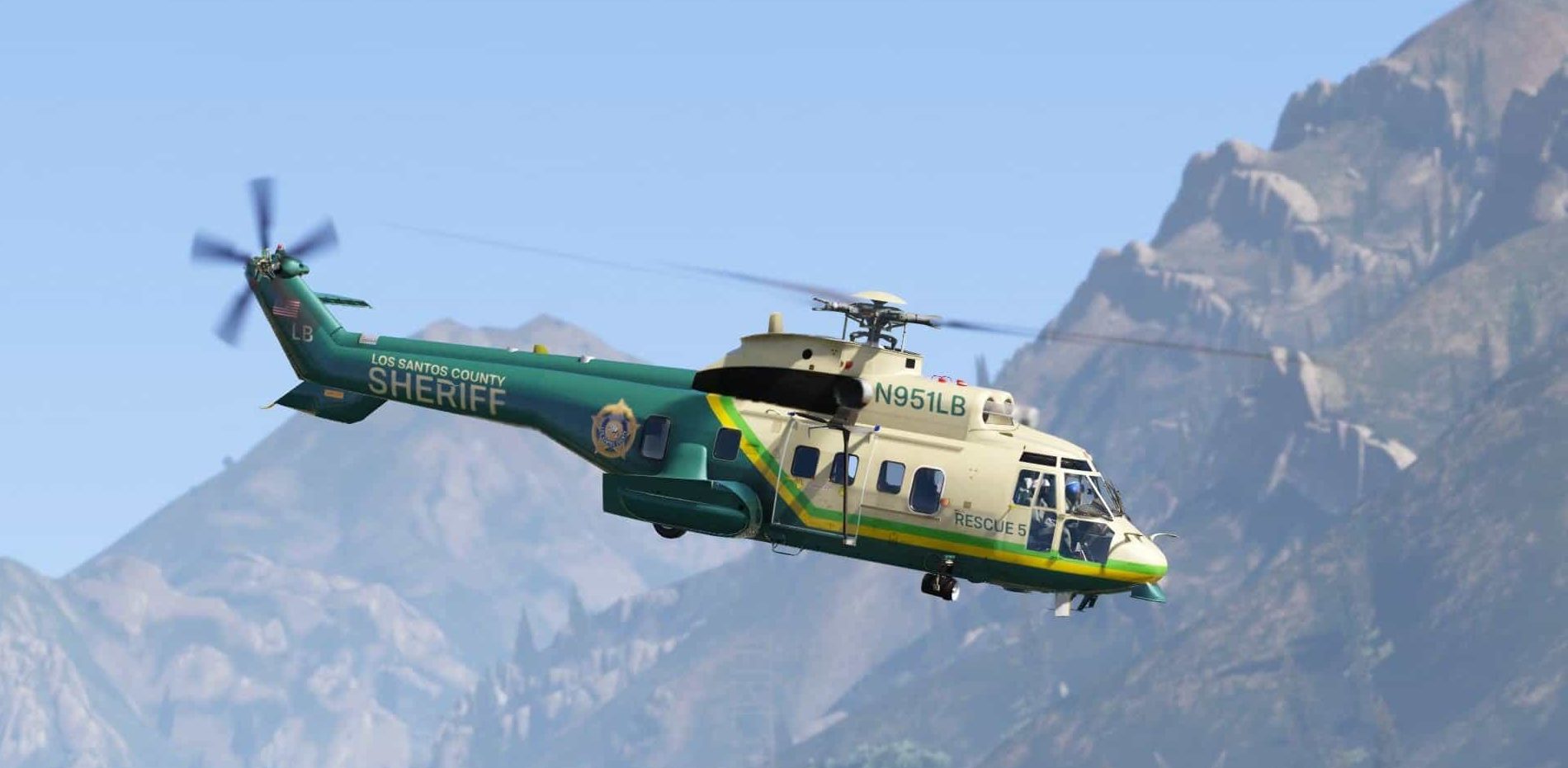
Once you trigger SOS, your job is to stay safe and make it easy for rescuers to find you.
- Stay put. Rescuers are coming to your GPS location. If you move, they may miss you. If you have to move to stay safe, like because of a flash flood, get to safety and then let Garmin Response know. You may also be asked to move position by rescuers.
- Conserve batteries. Put your phone in low-power mode and avoid unnecessary use. Focus your inReach use on the SOS.
- Keep Garmin updated. If your condition changes, send a quick message with the update.
- Make yourself visible. Flash a headlamp, blow a whistle, or wave bright gear if a helicopter or team is nearby.
Don’t assume a helicopter is coming. Many rescues are handled by ground teams, and in some cases you may be asked to self-evacuate or move to a spot where a vehicle or aircraft can reach you. Average response time is at least several hours, and it could be days depending on lots of factors like weather and resource availability.
How Much Does an inReach Rescue Cost?
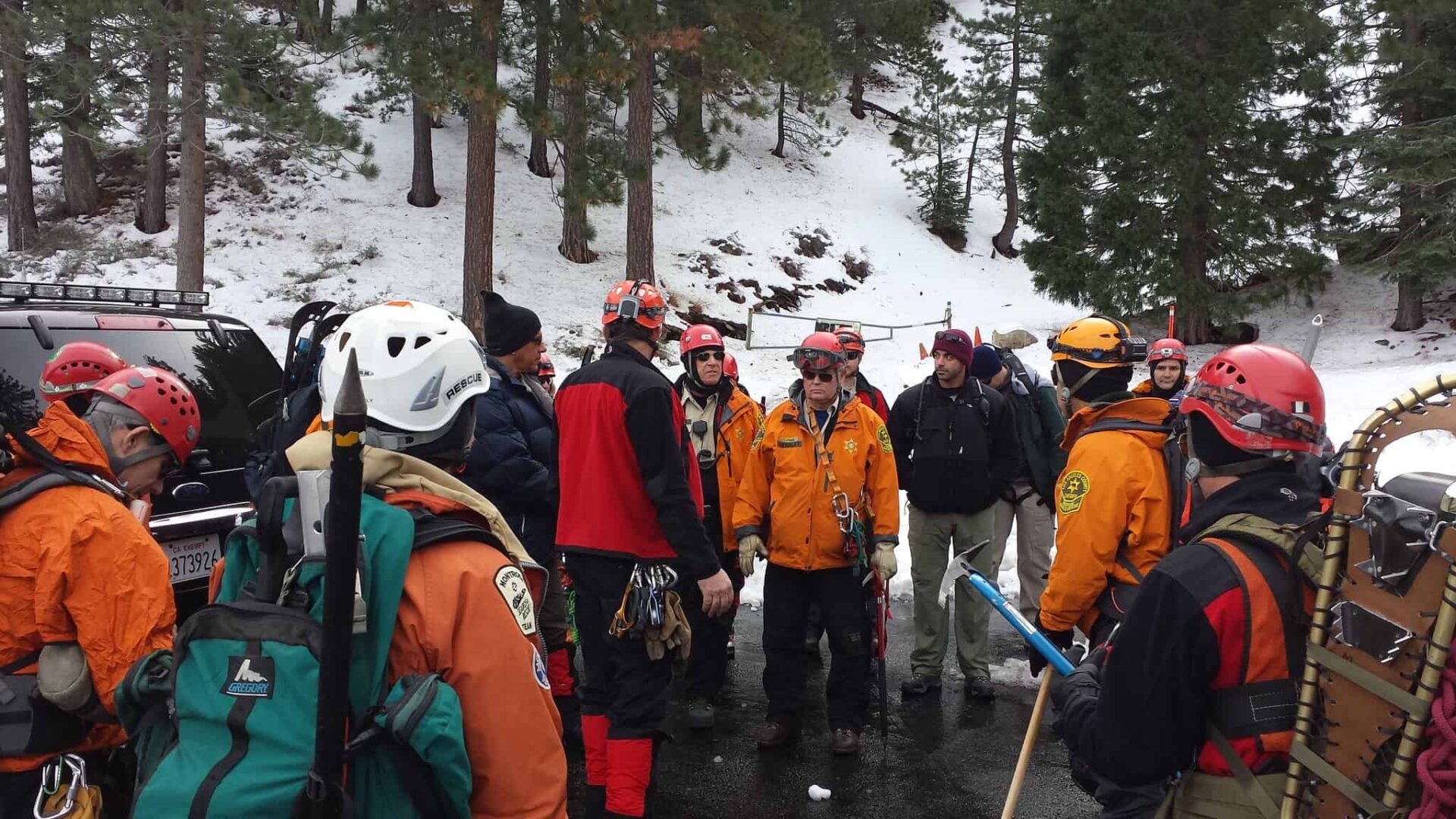
This is the big question, and it's often what keeps people from pressing the button. Every SAR expert I've spoken with said the same thing: please don't let cost be the reason you hesitate to hit SOS.
- Most backcountry rescues are free. Search and rescue is usually handled by public agencies, but the exact response can vary depending on where you are. For example, in remote national parks like Big Bend, a rescue might be carried out by a U.S. Customs and Border Protection helicopter or another federal agency with resources in the area. Regardless of which agency responds, if you're in legitimate need of help, the rescue itself is typically free.
- You can still get billed for medical transport. Even in areas where rescue itself is normally free, you could be on the hook if a private provider is used. For example, if you have a serious medical emergency and need to be flown directly to a hospital, that might require a private air ambulance, not just a park helicopter to a visitor center. Those flights can cost anywhere from $5,000 to $60,000 or more, depending on location and provider.
- Even a ground ambulance from the trailhead to the ER can run hundreds to thousands of dollars, and it may or may not be fully covered by your health insurance. Check your insurance coverage before heading out.
- Walking out is free. If rescuers help you back to the trailhead and you’re able to get yourself to care, there's no charge.
- Negligence can change the equation. In some states, if you act recklessly, like hiking closed trails, ignoring weather alerts, or going out completely unprepared, you might be billed for the rescue. This is rare, but it happens.
- Some states offer protection if you register. In places like New Hampshire, buying a Hike Safe Card helps fund SAR and can protect you from being billed unless your actions were knowingly irresponsible. It costs just a few bucks and helps support the teams who might one day save your life.
Search & Rescue Insurance
If you're worried about cost, it’s smart to get rescue coverage. A small investment upfront can save you from massive bills later. Here are a few solid options:
- Garmin SAR Insurance (SAR 100): An optional add-on through your Garmin account that reimburses up to $100,000 in rescue costs. You file a claim afterward like regular insurance, and you may need to go through your primary health insurance first. If you're at high altitude or doing a “high-risk” activity, the premiums can be significantly higher.
- Overwatch & Rescue: This works more like AAA for emergencies. There’s no deductible, no health insurance coordination, and no paperwork during the incident. They cover the cost directly, including international evacuations for natural disasters or civil unrest. It integrates with Garmin inReach, but instead of Garmin Response, your SOS goes to Overwatch’s own team staffed by former EMTs, medics, and other emergency professionals. More info on all the benefits in this video (this is what I use).
Planning to travel internationally? Check local laws before bringing your inReach. Some countries restrict or even ban satellite communicators like the Garmin inReach. China, India, and Russia are a few examples where use may be limited or illegal.
Avoid an SOS

The best rescue is the one you never need. There are some simple steps you can take before your hike to increase your chances of survival.
- Email or text a friend or family member a link to the trail or guide you’re using. Let them know when you expect to be back. If they don’t hear from you, they can call 911 and report you overdue. You don’t need to wait 24 or 48 hours to report someone missing. Time is an asset—don’t waste it.
- Know your route. Don’t just follow a line on a screen. Look at maps beforehand, understand the terrain, and know where you could bail out if needed (side trails, roads, or turnaround points).
- Hike within your limits. Choose a route that matches your fitness and experience. Be honest with yourself. If you're hiking in a group, make sure you're all at similar levels. If you expect to split up, you're effectively hiking alone.
- Check the weather and conditions. Use a site like Mountain-Forecast.com to check high-elevation weather. Read recent AllTrails trip reports and call the local ranger station if needed. Know that a hike in the mountains in the winter can be much more dangerous than in other seasons.
- Bring enough gear to spend the night if you have to. For me, that’s extra layers and an emergency sleep sack. At the very least, carry an LED headlamp or flashlight—if you twist an ankle and move slowly, you may be out after dark.
- Charge your inReach and check your plan. Make sure your Garmin plan is active and that your phone is paired, synced, and logged into the Garmin app. Fully charge both devices, put your phone in airplane mode to save battery, and bring a power bank as backup.
Help Those That Help
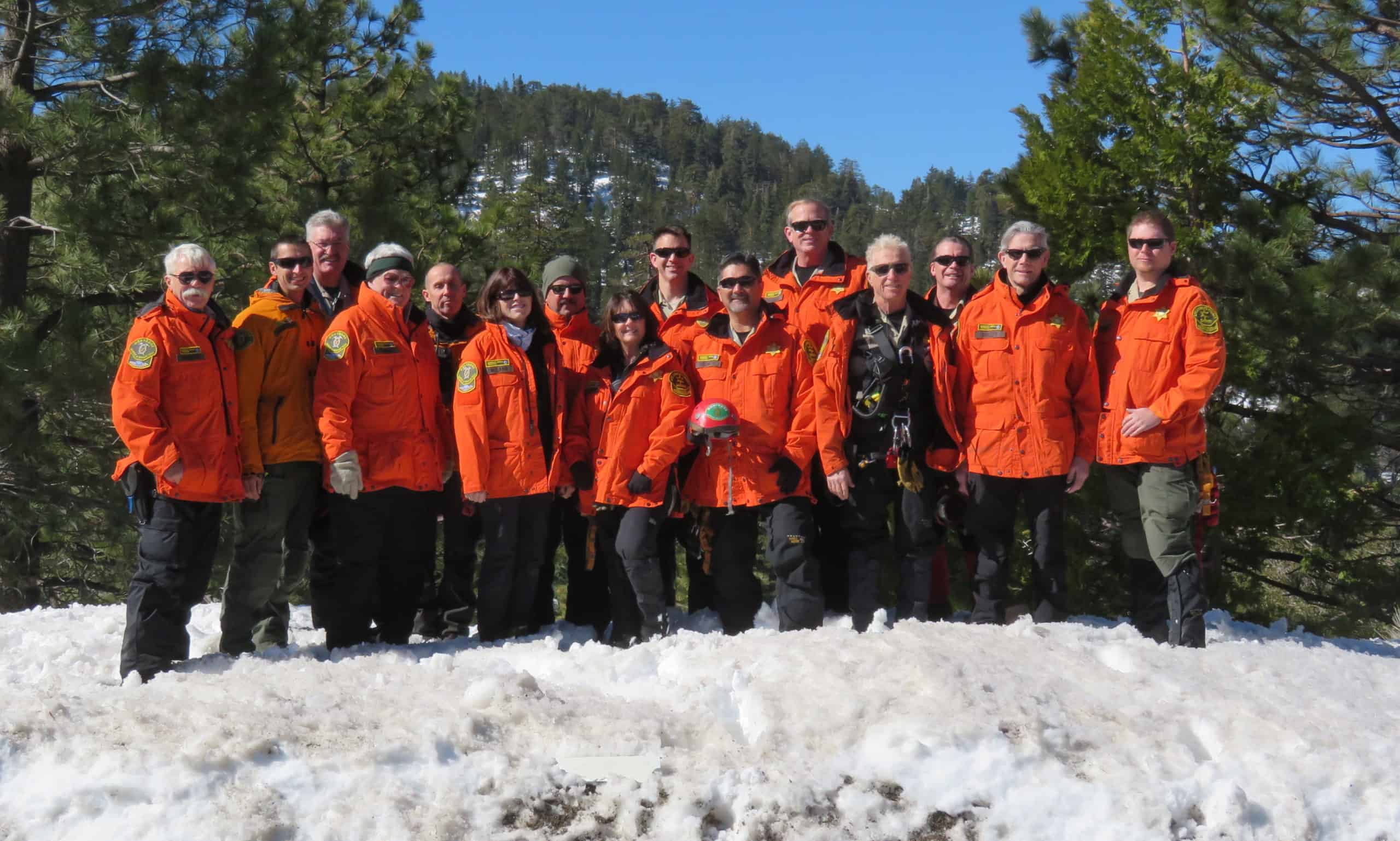
Most search and rescue operations are run by nonprofit organizations and staffed by volunteers. While they may receive some support from local agencies and grants, they rely heavily on public donations to stay operational. For example, the Los Angeles County Sheriff's Department Search and Rescue Team is made up of Reserve Sheriff’s deputies who earn just $1 a year, working alongside civilian volunteers who receive no pay at all.
These men and women give their time—and risk their lives—to help others. If you’ve ever been rescued, relied on a trail guide, or just want to say thanks, consider giving back. To donate to a local SAR team, search online or contact your local police or sheriff’s department. Every bit helps.